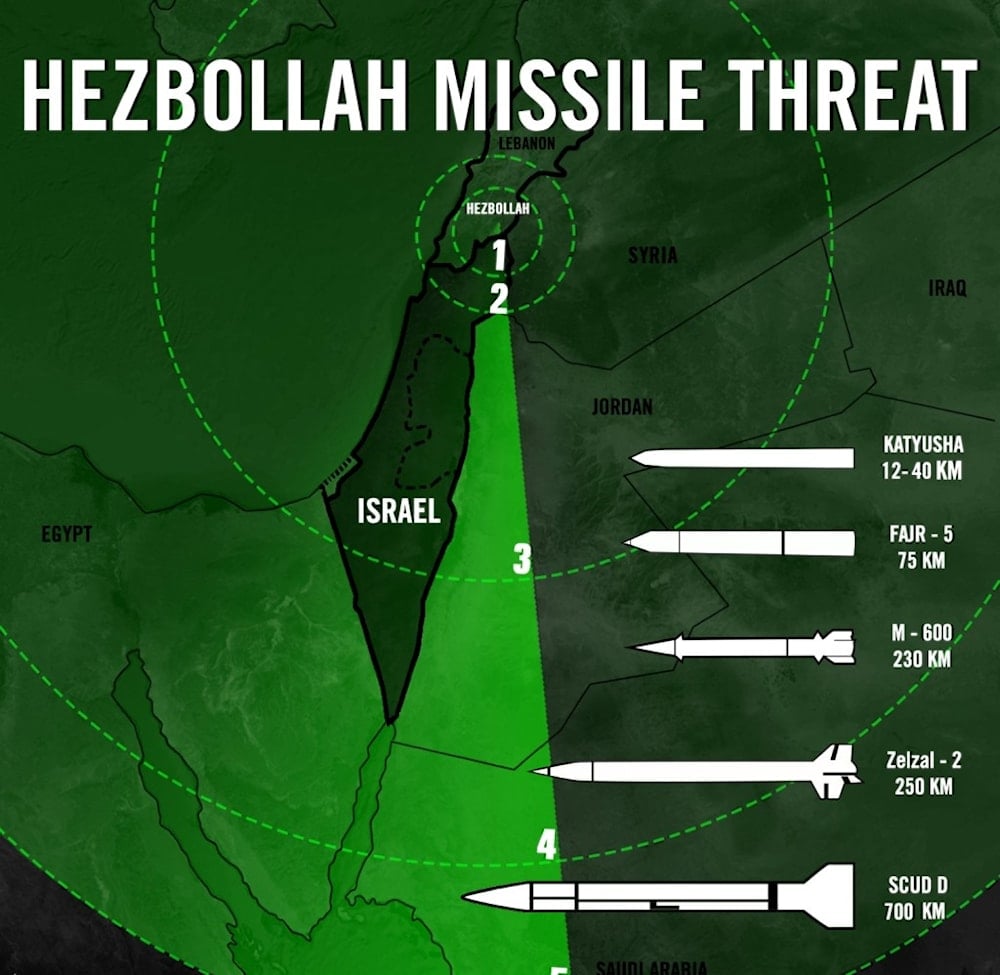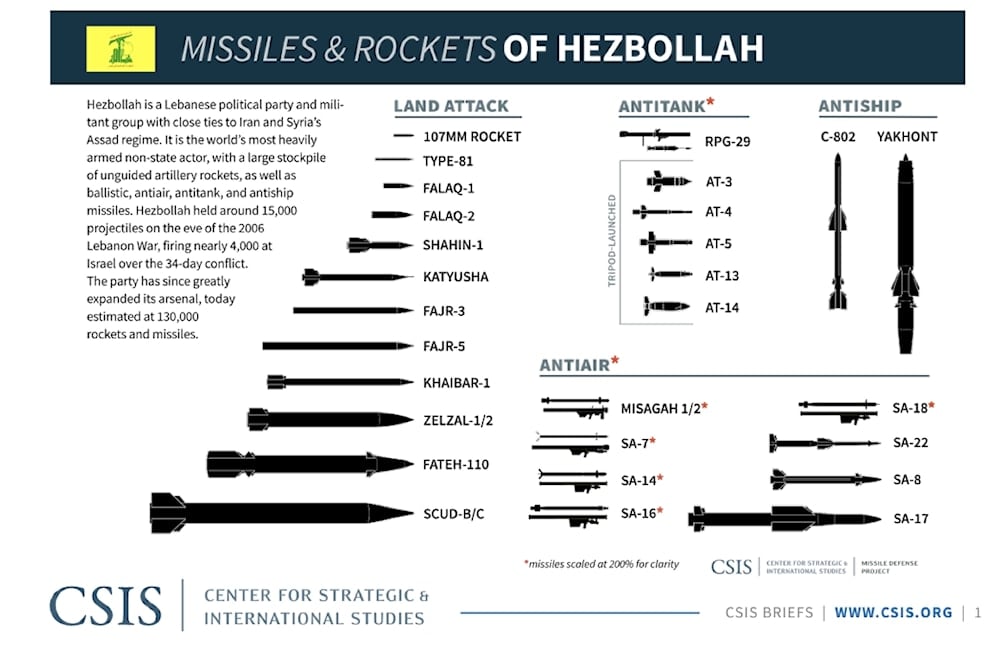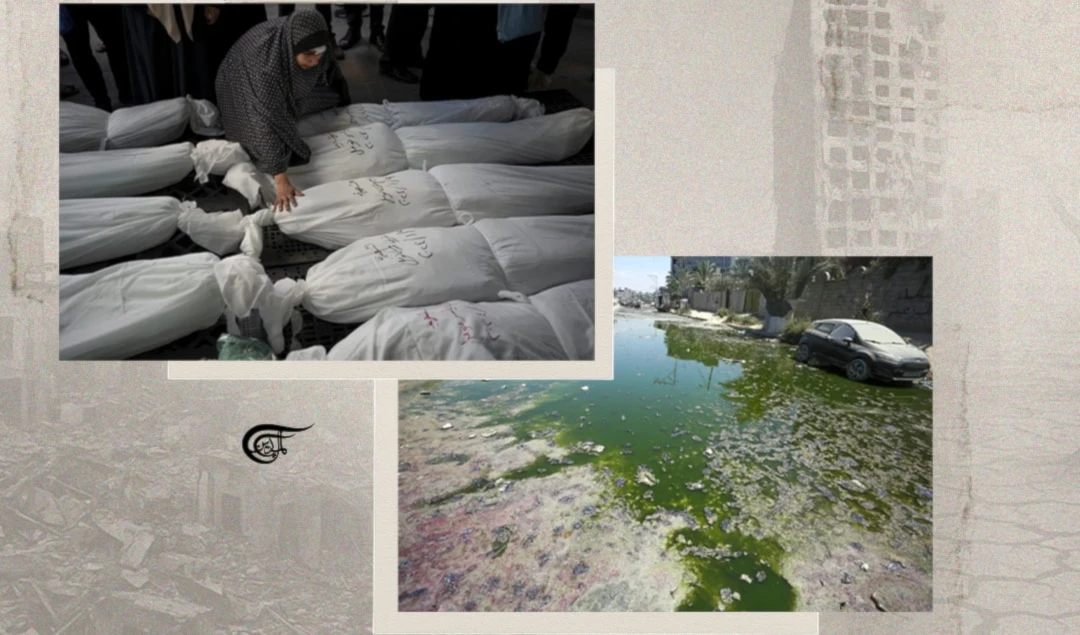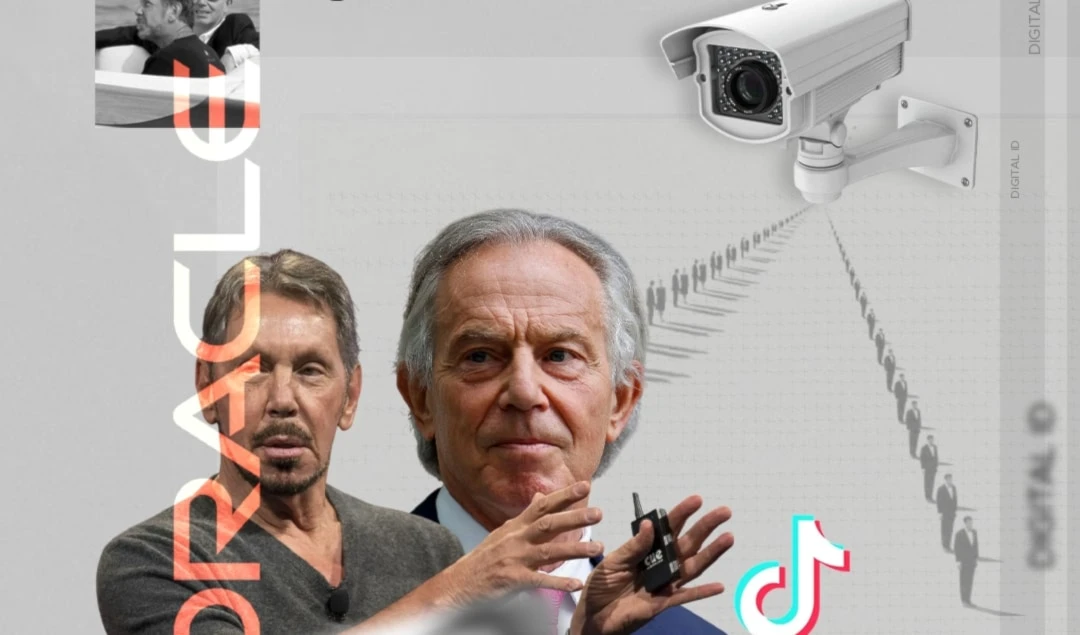Hezbollah and the escalation ladder
It is clear that the period since October 7 has molded the Axis of Resistance into a functioning regional military entity.
-

With Hezbollah on the border, there is a clear concern for the future of the entity (Illustrated by Batoul Chamas; Al Mayadeen English)
What is the risk to the Zionist entity in the event of attacking Hezbollah and invading Lebanon?
According to a Zionist think tank, the Institute for "National Security Studies", with close links to the security establishment, the risk is very significant.
A report from the think tank issued on 7 July this year was titled "How Would a Full-Scale War with Hezbollah Affect the Resilience of Israel’s Civilian Front?"
It turns out to be very depressing for supporters of Zionism. In summary, it anticipates “severe damages expected in such a war to Israel’s civilian home front and its functional continuity, and consequently to the resilience of Israeli society and its ability to recover from the war.“ It doesn’t quite envisage the collapse and end of the Zionist regime, but there is a clear concern for the future of the entity.
Let’s look at the main points of the report.
● It admits that more than 60,000 settlers have been forced to evacuate 28 separate settler colonies and the settlement of Kiryat Shmona, near the Lebanese border. The settlers are being accommodated at government expense elsewhere.
● It states that “so far, Hezbollah has launched more than 5,000 high-trajectory and direct-fire projectiles toward civilian and military targets in Israel," and “above all”, it says “there is a growing sense of futility regarding the future of the northern border."
● It says the 5,000 missiles fired so far are only just over 3% of Hezbollah’s estimated armory, and some estimates put their stock of missiles and drones much higher.
It goes on to state that Hezbollah’s arsenal consists of “at least 150,000 missiles, rockets, and other lethal weapons, including hundreds of precision-guided medium- and long-range missiles, covering Israel’s entire populated areas. These include cruise missiles, ballistic missiles, advanced coastal anti-ship missiles, thousands of UAVs and other drones, and precise short-range anti-tank missiles."
-

Israel Occupation Forces graphic from 2016 showing that Hezbollah missiles can reach way beyond the territory of occupied Palestine. Source
This arsenal, they write “can cause massive fatalities and critical national infrastructure destruction to civilian and military targets in Israel.”
In a full-scale war with Hezbollah, they say that “not all … can be intercepted,” and they “could overwhelm” air defenses. This “represents a military and civilian threat that Israel has never experienced.”
Laughably, however, the report claims that there have been only 29 civilian and military fatalities as a result of this. Hezbollah claims more than 2,000 military operatives have been eliminated.
-

INSS graphic Source
While the onslaught in Gaza continues,s the INSS say that "Israel" should not attack Lebanon. Whatever happens, they say, “There should be significant coordination of expectations with the public.” So far, they conclude “no steps have been taken to prepare the public for this severe scenario."
The military establishment in the settler colony is scared of being defeated by Hezbollah.
-

The CSIS, a Washington DC base think tank historically very close to the CIA gives its assessment. Source
Hezbollah and the Axis of Resistance
From the outside, it seems incomprehensible to many why Hezbollah and the other elements of the Axis of Resistance don’t just actively target and collapse the whole Zionist entity. Even Zionist think tanks appear to suggest that Hezbollah alone may be capable of such a feat.
The answer is the escalation ladder.
While it is plain that the various elements of the Axis of Resistance are not proxies of the Islamic Republic of Iran, it is also clear that the period since October 7 has molded the Axis of Resistance into a functioning regional military entity. The fact that all of these many groupings work together is increasingly recognized internationally.
It was claimed in 2021 that officers from Hezbollah and the Islamic Revolution Guard Corps coordinated the military confrontation in Gaza in that year. The center certainly involves Hamas, and we can assume that Saleh al-Arouri, the recently murdered Hamas leader in Beirut, participated. It is also reported that as many as 12 Palestinian factions also participated.
Additionally, it seems likely that there is information and intelligence sharing with the government of Syria, the Islamic Resistance in Iraq, and of course the Yemeni Armed Forces under Ansar Allah. Recent reports indicate that “the Armed Forces of Yemen… have established a communication and coordination office in Iraq’s capital, Baghdad.” Sanaa’s forces “announced their first joint operation with the IRI on 6 June. The operation targeted weapons shipments in the port of Haifa. The second operation, announced later that month, also targeted vessels in the port of Haifa, as well as in the Mediterranean Sea.”
The creation of a formidable and quite new regional army has been a remarkable achievement of the Zionist genocidal strategy in Gaza.
Since October 7, the so-called escalation ladder has involved very significant restraint from Hezbollah. All of the data on the military struggle show first that the Zionists have expended much greater firepower and confined themselves to a far wider geographical area, not to mention extensively targeting civilians. Hezbollah has by contrast focused almost exclusively on military targets and within a 5km distance of the border.
-

Source: The Council on Foreign Relations
The strategy of Hezbollah has been to systematically destroy the Zionists' vast array of espionage equipment rendering the occupation forces blind and making it much easier for Hezbollah (or others) to target the north and other areas of the interior of the occupied lands.
Escalations from Hezbollah have only occurred when Zionist provocations called for increased deterrence.
Two examples are when Hezbollah deliberately responded to take out Iron Dome batteries, following a Zionist escalation, in order to show that they could do it at will.
A second response was the fire bombings that set large areas of the northern occupied lands ablaze.
Psychological warfare tactics have included circulating three long clips of footage filmed by Hezbollah drones at close range over scores of Zionist military installations and bases. The drones have been dubbed the HudHud.
The more recent responses to Zionist escalations hold out the prospect of further significant escalatory exchanges, which will seriously challenge the stability of the Zionist entity.

 David Miller
David Miller
 6 Min Read
6 Min Read











